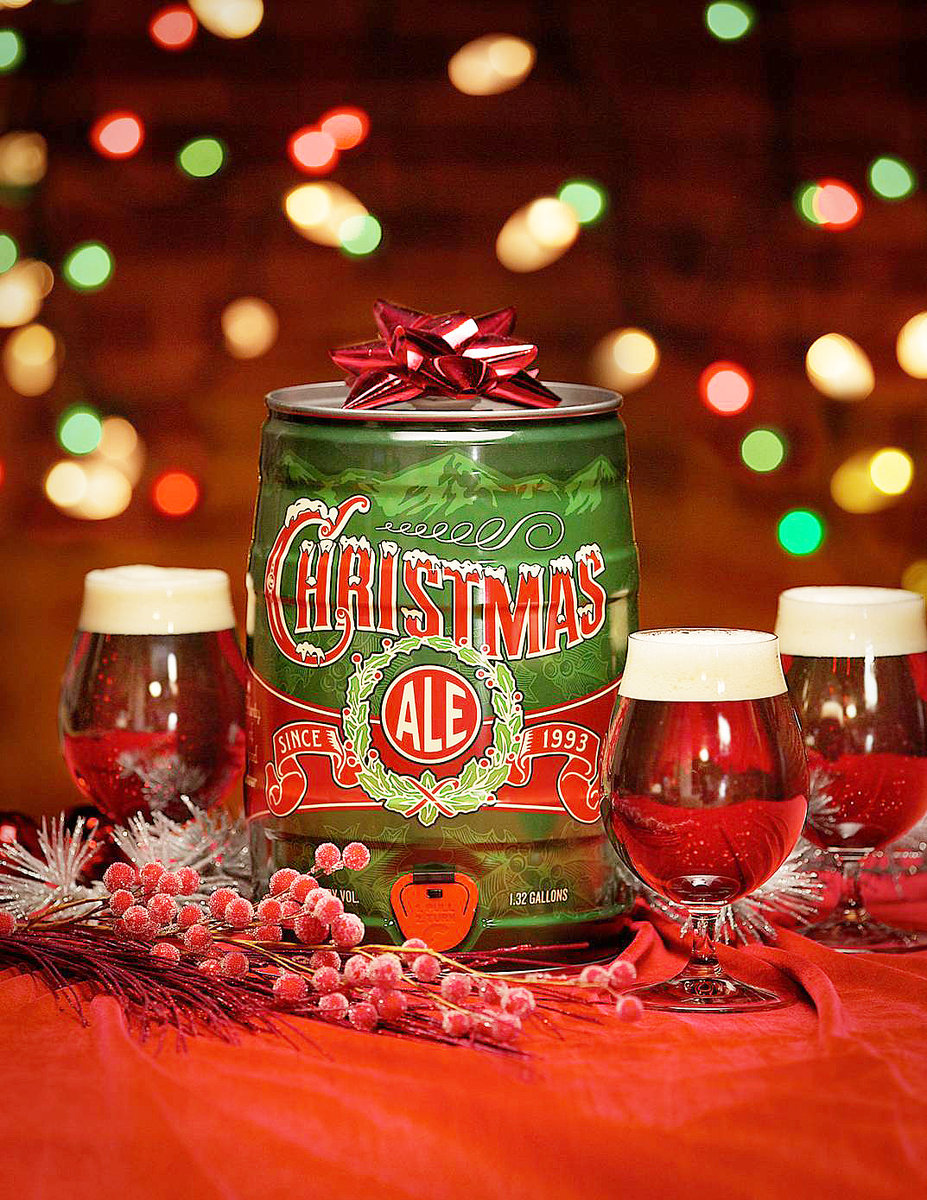Start 14-Day Trial Subscription
*No credit card required

What Makes a Christmas Beer?
With a chill outside and a roaring fire and festive atmosphere indoors, family and friends gather around a winter holiday table, anxiously anticipating digging in to hearty, savory entrées and decadent desserts highlighted with winter spices. As the host enters the room, the pop of a cork produces a startle. Contrary to the expectations of many guests, rather than sparkling wine, the host begins to pour a dark, rich, spiced Belgian Christmas ale into everyone's wine glass. Although many seem skeptical of the selection, all doubts fade as each guest sips the luxurious ale alongside succulent roast duck and sweet potatoes. The pairing achieves a perfect marriage of flavors.
Wines can be expensive, acidic, high in alcohol and overpowering to many winter seasonal dishes. Eggnog is filling and fatty, and cocktails and mixed drinks are often too intoxicating to enjoy throughout an extended evening of socializing and feasting. Seasonal winter beers make perfect accompaniments for festive winter celebrations, and the craft beer craze has definitely spilled over to modern holiday tables.
 Winter seasonals and Christmas beers began as adored traditions in England, Belgium and Germany where brewers created warming ales and lagers that were more robust in color, aroma, flavor and alcohol. These are not beers to quench a thirst but to sustain a soul through the dead of winter.
Winter seasonals and Christmas beers began as adored traditions in England, Belgium and Germany where brewers created warming ales and lagers that were more robust in color, aroma, flavor and alcohol. These are not beers to quench a thirst but to sustain a soul through the dead of winter.
Seasonal winter beers make perfect accompaniments for festive winter celebrations, and the craft beer craze has definitely spilled over to modern holiday tables.
With roots in the ancient European pagan celebrations around the winter solstice, winter beers later saw production in abbeys and monasteries throughout Europe. Monks often brewed the celebratory ales to honor the birth of Christ and provide fortification during the fasting periods associated with Lent.
Although not typical in the UK or Germany, Belgian and American craft brewers enjoy concocting modern winter brews that showcase a variety of fruits, sugars and spices that can suggest mulled wine or Christmas sweets. The Beer Judge Certification Program's style guidelines describe winter seasonal beers as "stronger, darker, spiced beers that often have a rich body and warming finish suggesting a good accompaniment for the cold winter season."
Christmas beer flavors and aromatics encompass an extensive range. Some may simply be darker, maltier, hoppier or stronger versions of a classic style, while several other examples may include notes of Christmas cookies, ginger, desserts, chocolate, spruce, juniper berries, citrus, dried fruits, cinnamon, nutmeg, allspice and spicy alcohol. A rich, malty profile usually provides a balance for spices and holiday-inspired ingredients, and special additions of fermentable sugars could include molasses, maple syrup, brown sugar, honey or candy sugar. Toffee, biscuity, toasty, nutty or mild chocolate notes can provide a deep, malty, sweet character.



